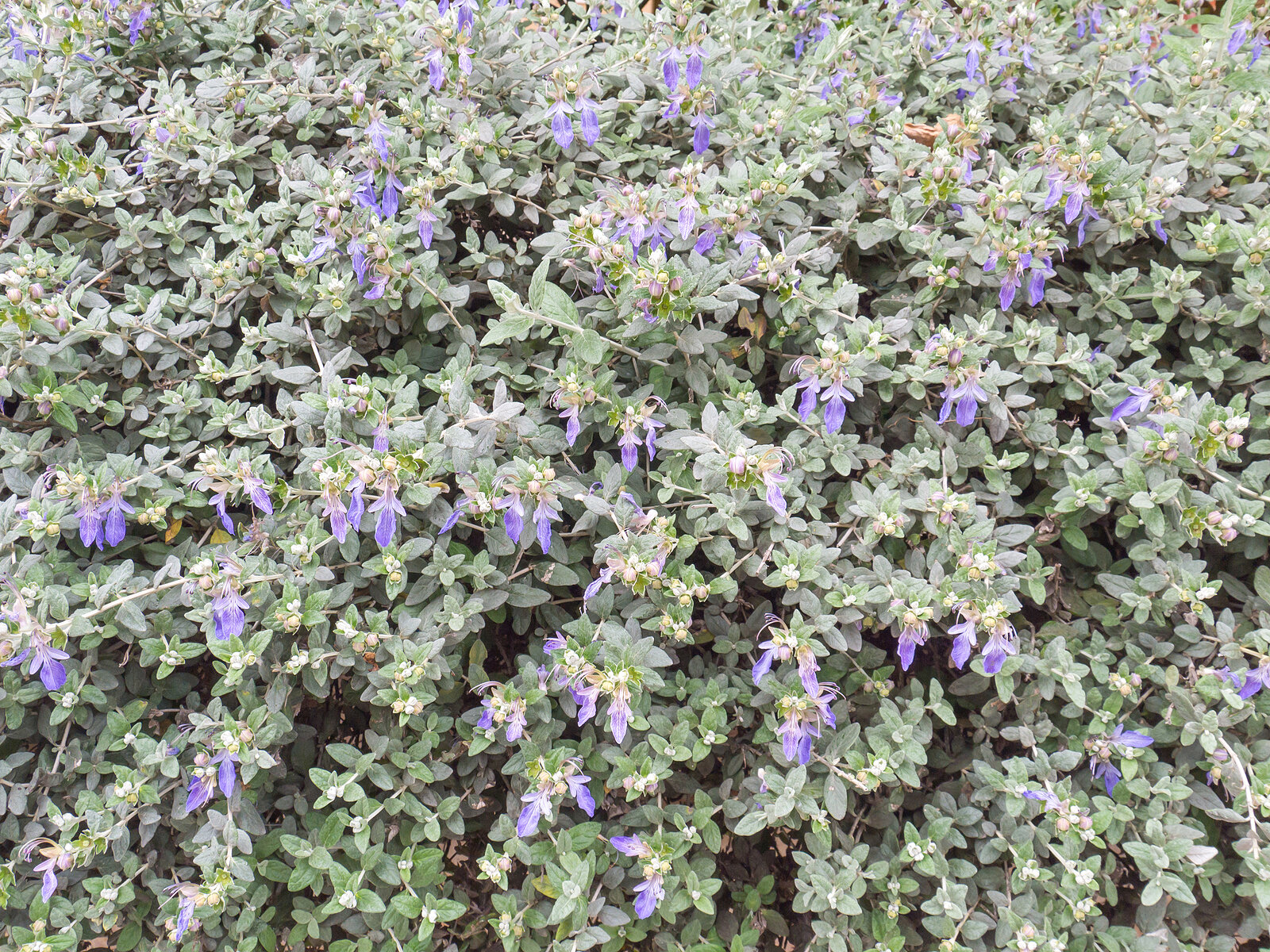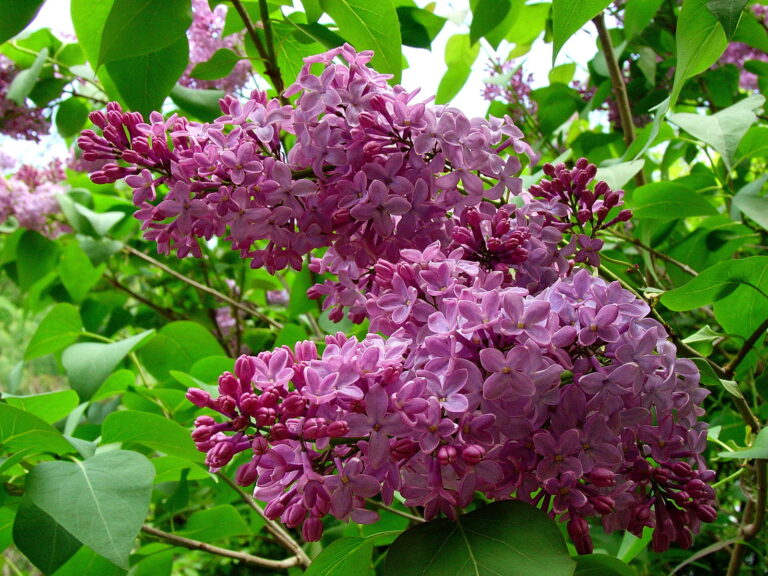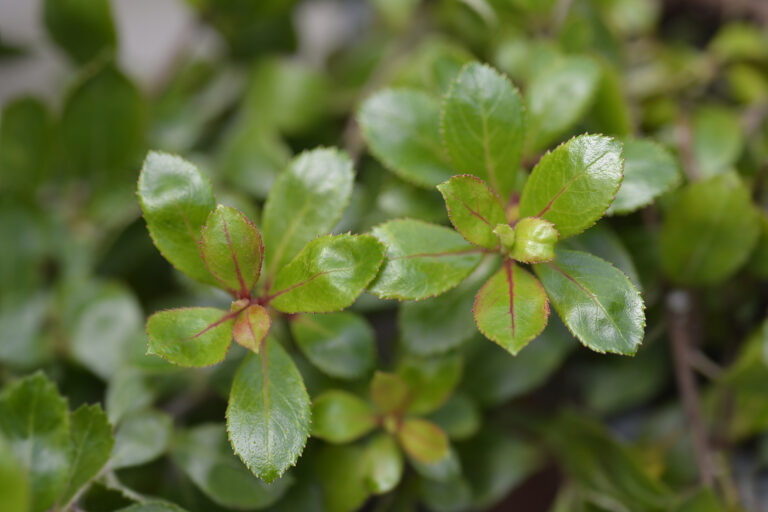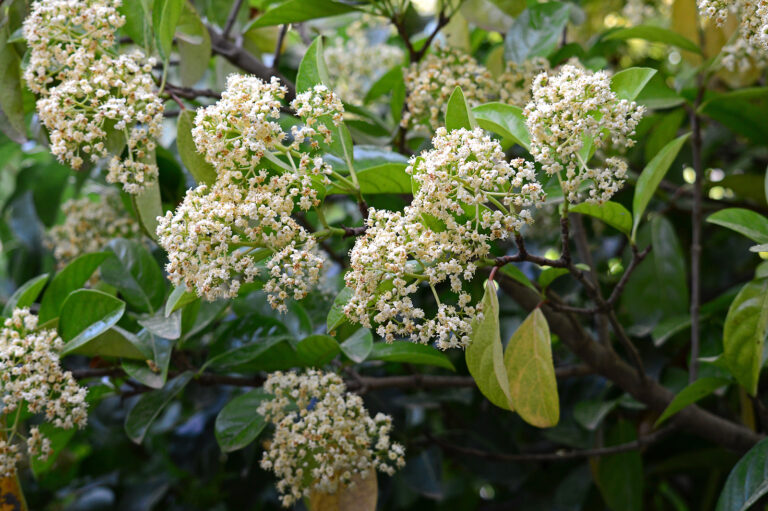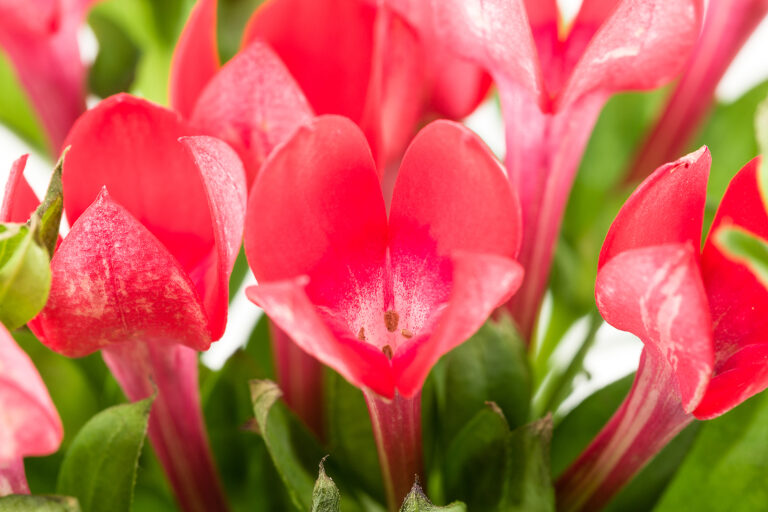How to Grow Teucrium – Germander
Teucrium–commonly called germander–is a perennial subshrub that bears rose, blue, or purple flowers. Teucrium has small aromatic leaves that are gray-green on top and silvery beneath. The overall effect of Teucrium is a low silvery shrub with colorful blossoms.
Teucrium’s dense foliage makes it a good choice to use as border edging or as a low-growing hedge. Teucrium can be used in knot gardens and in rock gardens.
Teucrium will grow easily in full sun in poor to average, well-drained soil. Teucrium prefers neutral to slightly alkaline pH
Teucrium is a genus of about 100 species of herbaceous perennials and subshrubs. Teucrium is native to dry, rocky places worldwide, especially in the Mediterranean.
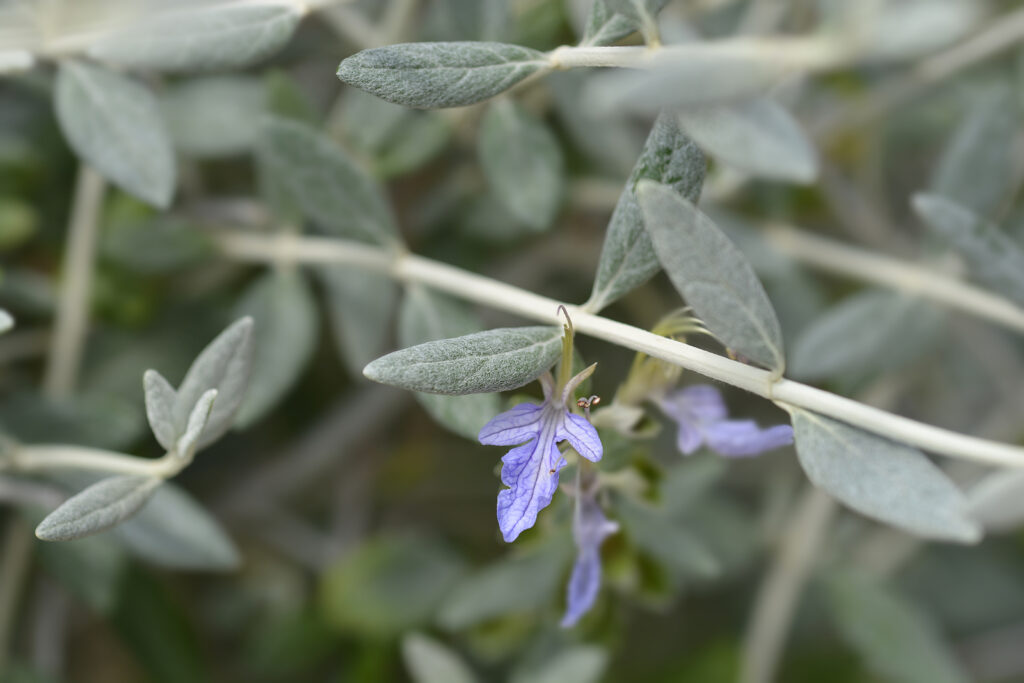
Get to know Teucrium
- Plant type: Evergreen shrubs or perennials
- Growing zones and range: Zones 8 to 9
- Hardiness: Hardy to Zone 8
- Height and width: 12 to 39 inches (30-100cm) tall and 12 to 18 inches (30-45cm) wide
- Foliage: Glossy, aromatic, dark green leaves, simple or lobed leaves in oppostite pairs.
- Flowers: Whorled clusters or racemes of small bell-shaped to tubular flowers that are sometimes, but not always, two lipped.
- Bloom time: Summer
- Uses: Edging, low hedge, rock garden, knot garden, small-scale ground cover.
- Common name: Germander
- Botanical name: Teucrium
- Family name: Lamiaceae
- Origin: Mediterranean region
Where to plant Teucrium
- Plant Teucrium in full sun.
- Plant Teucrium in well-drained, preferably neutral to alkaline soil.
When to plant Teucrium
- Set container-grown Teucrium in the garden in spring or autumn.
Planting and spacing Teucrium
- Space Teucrium 12 to 18 inches (30-45cm).
How to water and feed Teucrium
- Give Teucrium moderate water in well-drained soil. Teurcrium does not want wet soil.
- Fertilize Teucrium with an all-purpose, slow-release organic fertilizer in spring.
Teucrium care
- Keep Teucrium compact by pruning or shearing the plants in spring to within about 2 inches of the ground.
Teucrium pests and diseases
- Teurcrium is infrequently bothered by pests or disease.

Teucrium propagation
- Sow Teucrium seeds in containers in a cold fram as soon as tey are ripe.
- Insert softwood cutting in ealry sumer or semi-ripe cuttings in ealry summer.
Teucrium varieties to grow
- Teucrium canadense. Perennial. Grows to 3 feet tall; bears white to rose flowers; a dwarf evergreen creeper to 8 inches high, with pale pink flowers is commonly available.
- T. chamaedrys. Shrubby perennial. Grows to 18 inches tall, spreading to 2 feet; many upright, woody-based stems densely set with toothed, ¾-in.-long, dark green leaves; bears rose-pink or magenta flowers in loose spikes. Cultivar ‘Prostratum’ grows 4 to 6 inches tall and spreads to 3 feet wide or more.
- T. fruticans. Bush germander. Shrub. Loose, silvery-stemmed shrub grows 3 feet tall and 1 foot wide; lance-shaped leaves 1 ¼ in. long, gray-green above, silvery-white beneath, giving overall silvery gray effect; lavender-blue flower spikes at branch ends; blooms most of the year. Cultivars include ‘Azureum’, grows 3 to 4 feet high and 6 feet wide; bears terminal whorls blue flowers; ‘Compactum’ grows to 3 feet tall, is relatively narrow and dense in habit, with deep blue blossoms.
- T. gussonei (T. cossonii, T. majoricum). Shrubby low mound perennial grows 3 to 8 inches tall, 1 ½-2 ft. across; narrow gray leaves; dense heads of small, rosy-purple flowers in a nearly unending show. Good rock garden plant.
- T. marum. Cat thyme. Shrub with densely clustered upright stems closely set with tiny gray-green leaves; bears deep pink or purplish flowers.

